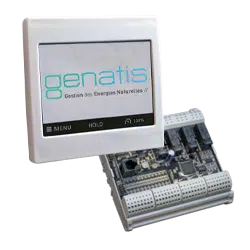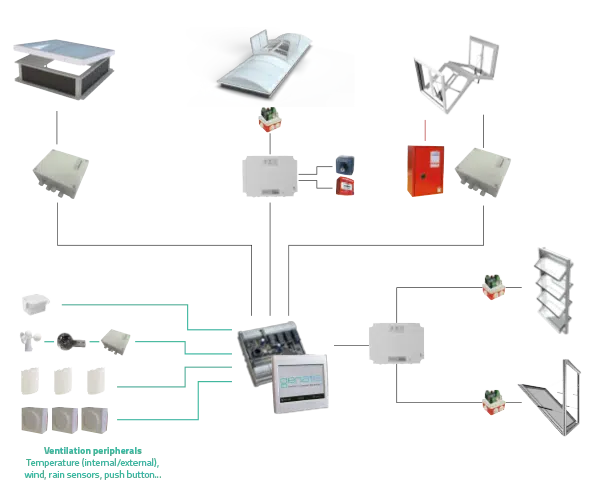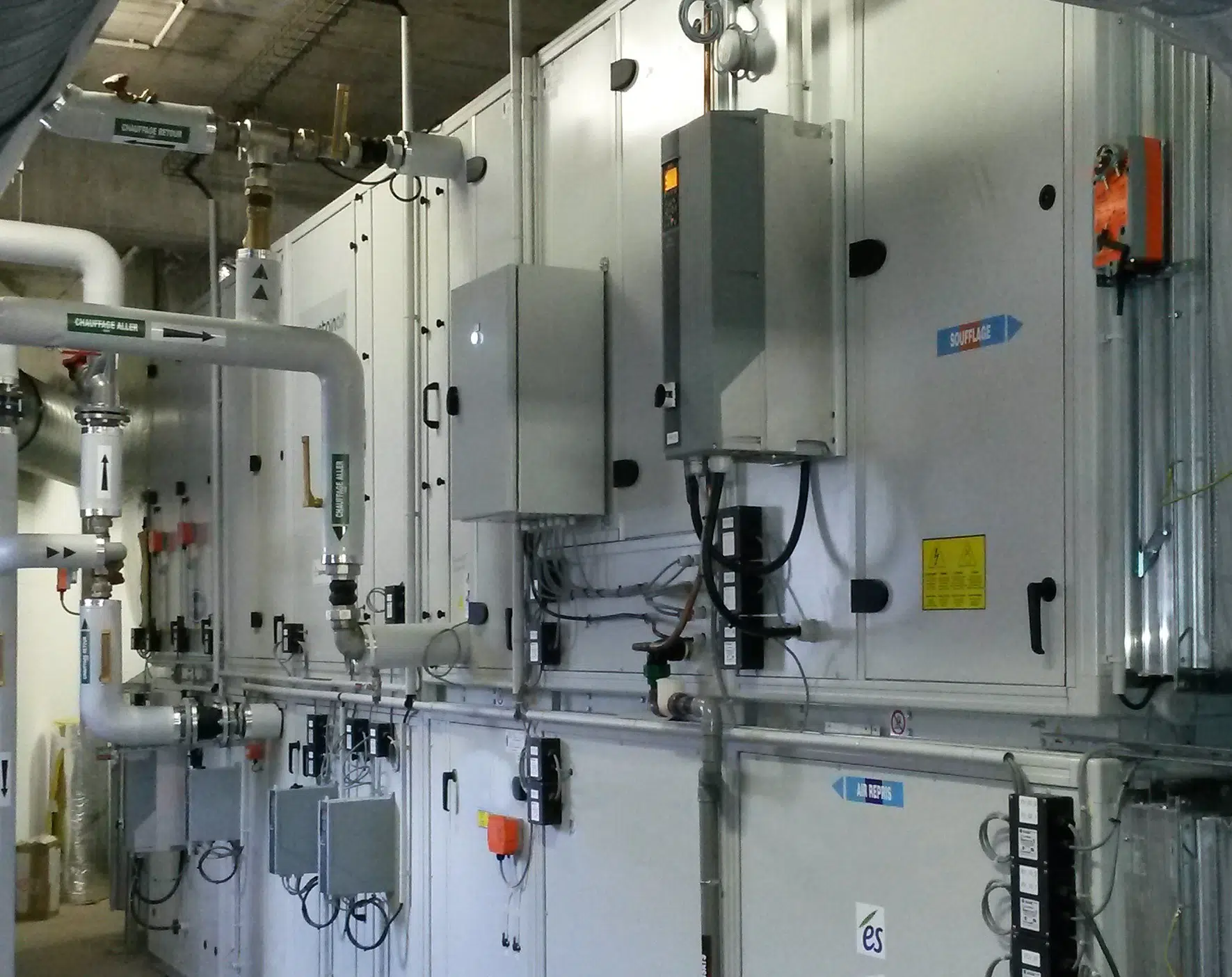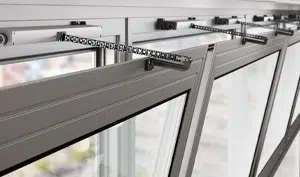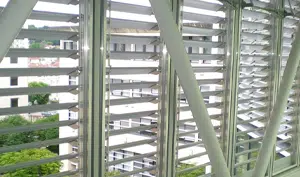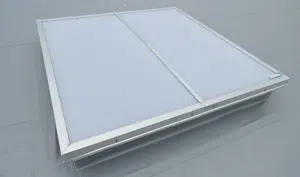
Optimizing natural ventilation plays a crucial role in the thermal management of buildings. Thanks to advanced techniques such as night cooling and free cooling, it is possible to significantly reduce daytime cooling requirements while maintaining optimum comfort inside buildings. Here’s an overview of these methods and their impact on temperature management and occupant comfort.
Night cooling management
Natural ventilation can be optimized through control systems, especially at night. The diagram illustrates the importance of control, particularly during nighttime hours. Temperatures are lowered without human intervention.
By utilizing night cooling, the need for daytime cooling can be significantly reduced because nocturnal outdoor air is used to thermally unload the building interior based on daily temperature forecasts.
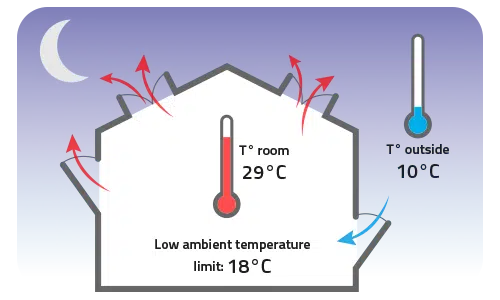
Air inlets & outlets open at night
Comfort optimization – Free cooling
It’s important to note that various control equipment such as sensors, probes, and automation systems play a crucial role throughout the day by considering natural elements such as rain, outdoor temperature, CO2 levels, and humidity.
The automation system can, for example, select optimal time slots during the day for indoor air renewal. This control helps improve indoor air quality by removing pollutants, thereby creating a healthier indoor environment that positively impacts occupants’ health by reducing risks associated with indoor air pollution.
The various sensors identify optimal times to maintain or lower indoor temperatures. Roof and facade openings facilitate this controlled regulation.
This setup ensures building comfort day and night.
Instructions linked to specific building activities and occupant requirements will also be considered, granting the automation system a true role as the «conductor» of comfort.
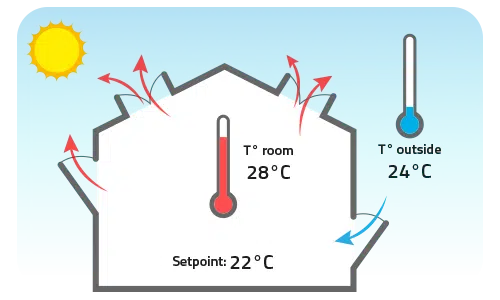
Air inlets & outlets open during the day
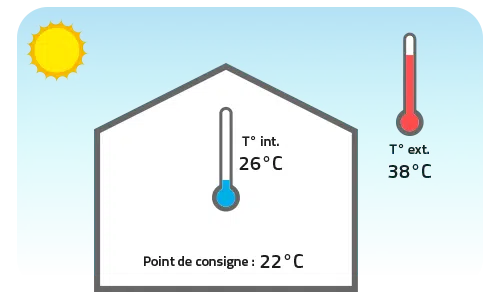
Air inlets and outlets closed during the day

